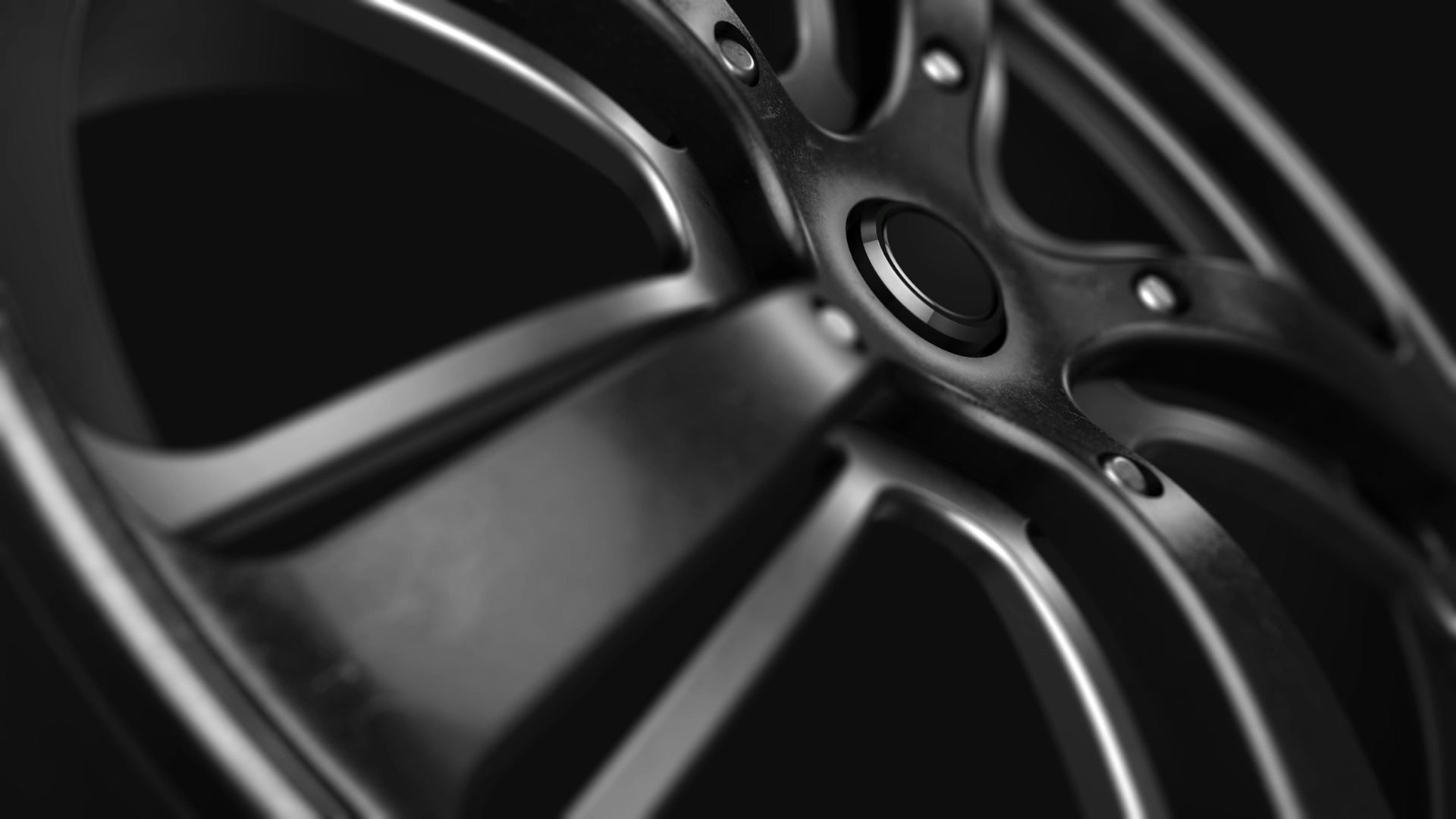Spray Painting Booth OR Shortwave Infrared Paint curing lamps
- WENLI FENG

- Mar 7
- 2 min read
Shortwave Infrared Lamps vs. Paint Booths: Roles and Differences in Body Shops
Both shortwave infrared lamps and paint booths are used in body shops for paint drying and curing, but they differ significantly in working principles, applications, and efficiency. Below is a detailed comparison:
I. Shortwave Infrared Lamps
Functions:
Localized Heating: Primarily used for drying and curing paint on small or localized areas.
Rapid Drying: Shortwave infrared penetrates the paint surface quickly, directly heating the substrate to reduce drying time.
Energy Efficiency: Lower energy consumption compared to traditional heating methods, ideal for small-scale operations.
Advantages:
High Flexibility: Portable and adaptable to different positions and angles.
Quick Start: Ready to use immediately, no preheating required.
Precise Heating: Targets specific areas, minimizing heat impact on surrounding materials.
Disadvantages:
Limited Coverage: Not suitable for large areas or full-vehicle paintwork.
Uneven Heating: Localized heating may cause temperature inconsistencies, affecting paint quality.
Skill-Dependent: Requires experienced technicians to control heating time and distance.
Applications:
Small-area repairs (e.g., scratches, dents).
Localized paint curing (e.g., bumpers, door panels).
Quick-drying needs (e.g., emergency repairs).
II. Paint Booths
Functions:
Full-Scale Heating: Used for drying and curing paint on entire vehicles or large workpieces.
Controlled Environment: Provides a dust-free, temperature- and humidity-controlled space to ensure paint quality.
Multifunctionality: Combines painting and curing processes, suitable for end-to-end workflows.
Advantages:
Even Heating: Hot air circulation ensures uniform paint curing.
High-Quality Finish: Dust-free environment reduces impurities, enhancing paint results.
Wide Applicability: Suitable for workpieces of various sizes, especially full-vehicle painting.
Disadvantages:
High Cost: Expensive equipment and maintenance.
Energy Consumption: Full-scale heating requires more energy.
Space Requirements: Requires dedicated space, not ideal for small body shops.
Applications:
Full-vehicle painting and curing.
Large-scale body repairs.
High-quality paintwork (e.g., luxury car repairs).
III. Key Differences
Aspect | Shortwave Infrared Lamps | Paint Booths |
Heating Method | Localized radiant heating | Full-scale hot air circulation |
Application | Small-area repairs, localized curing | Full-vehicle or large-area work |
Efficiency | Fast drying, ideal for urgent repairs | Uniform curing, high-quality finish |
Flexibility | Portable, versatile | Fixed equipment, requires dedicated space |
Cost | Lower equipment and energy costs | Higher equipment and energy costs |
Paint Quality | Skill-dependent, potential unevenness | Uniform curing, high-quality finish |
Use Cases | Small-scale, localized repairs | Large-scale, full-vehicle painting |
IV. How to Choose?
Small Body Shops: Prioritize shortwave infrared lamps for their low cost and flexibility, ideal for small-scale repairs.
Medium to Large Body Shops: Invest in paint booths to meet full-vehicle painting and high-quality finish demands.
Integrated Solution: Combine both—use infrared lamps for localized repairs and paint booths for full-vehicle work—to balance efficiency and quality.
Conclusion
Shortwave Infrared Lamps: Flexible and efficient, ideal for small-area repairs and quick drying.
Paint Booths: Professional and comprehensive, suitable for full-vehicle painting and high-quality finishes.
Choose the right equipment based on your business scale and needs, or combine both to enhance your body shop’s service capabilities!






Comments